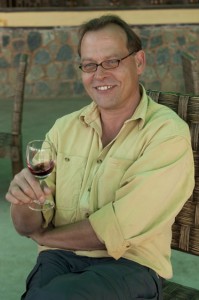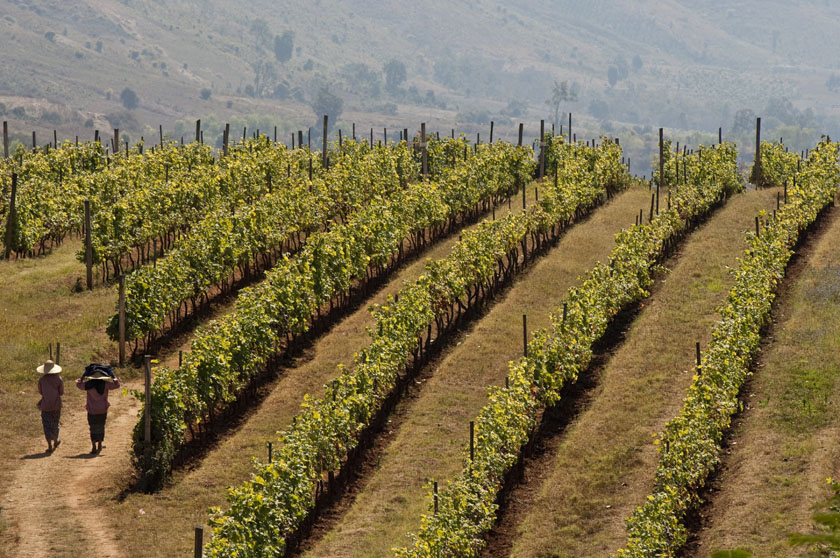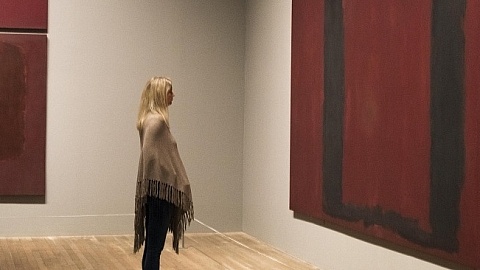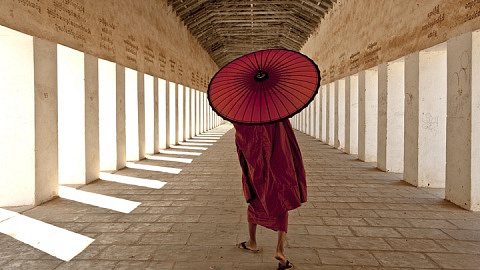When the Myanmar Vineyard Management Company released their first wines 5 years ago they failed to anticipate the problem their customers would have uncorking them. Burma has never had a wine culture and there was scarcely a corkscrew to found anywhere in the country. Buying a bottle of wine you couldn’t open didn’t help sales! As if producing wine in the tropics wasn’t difficult enough, after their first release they had to switch their whole production to screw caps.
In 1998, 3000 vines were imported from Europe. A year later the original vineyard was moved to Aythaya in the mountains of the Shan States on the fringe of the infamous Golden Triangle and another 10,000 vines were added. This eastern tip of the Himalayan foothills is predominantly limestone soil which combined with the cooler climate of the almost 5,000 thousand foot elevation barely allows the vines to provide high enough yields to make the operation viable.
 German winemaker and Director of Technical Operations, Hans-Eduard Leiendecker, told me that the yield is one-tenth of what he used to get in his native Mosel. Low yields and scarcity of corkscrews aren’t the only problems. At these latitudes, there are significantly fewer hours of sunlight than in the traditional wine growing regions and careful canopy management is critical to ensure that fruit reaches optimum sugar levels before rain and molds destroy the crop.
German winemaker and Director of Technical Operations, Hans-Eduard Leiendecker, told me that the yield is one-tenth of what he used to get in his native Mosel. Low yields and scarcity of corkscrews aren’t the only problems. At these latitudes, there are significantly fewer hours of sunlight than in the traditional wine growing regions and careful canopy management is critical to ensure that fruit reaches optimum sugar levels before rain and molds destroy the crop.
International sanctions have been a minor obstacle to importing supplies but almost anything is available through neighboring China. However, barrels are unrealistically expensive to import and oak chips are the obvious solution. These are not wines that anybody is going to lay down. It even seems improbable that a $9 bottle of wine produced in the tropics is going to be worth drinking at all.
The main varietals grown are Cabernet Sauvignon, Syrah and Sauvignon Blanc and the wines are surprisingly good, particularly the Sauvignon Blanc. The Australian style cab/shiraz blend, sold as Aythaya Red, is not bad either. I wouldn’t choose them over a half-decent Bordeaux but after a couple of weeks in Burma they taste pretty damn good.



